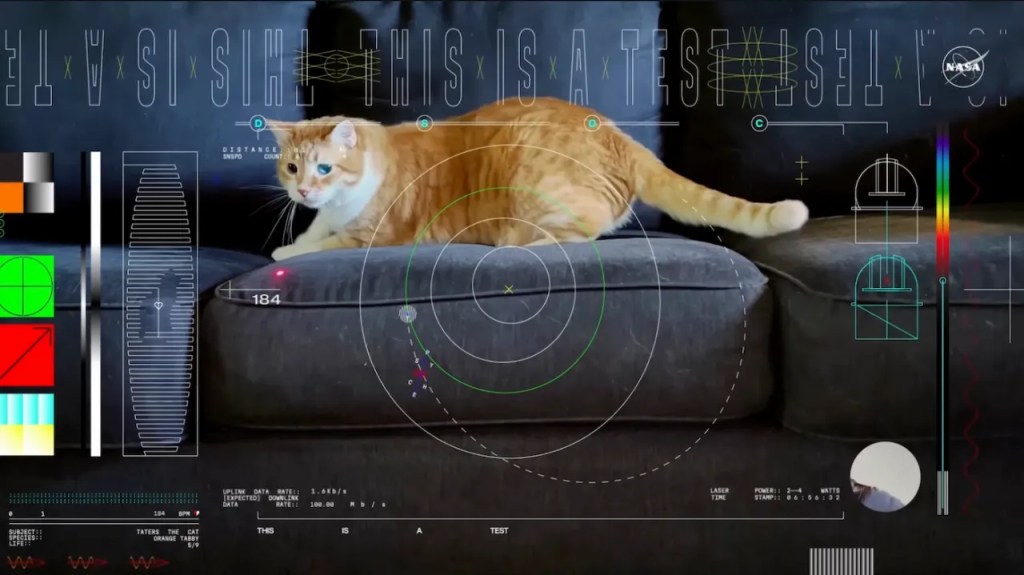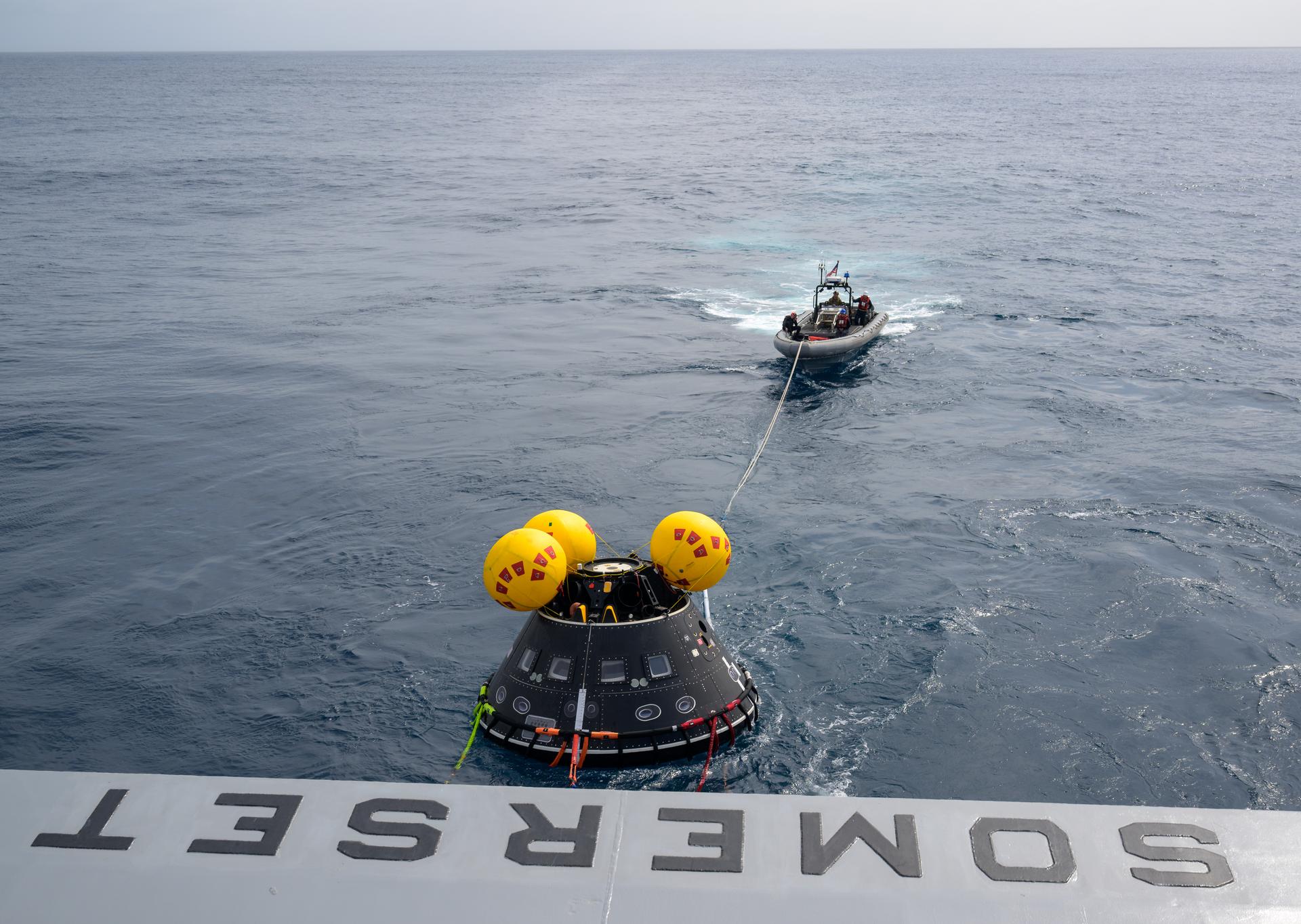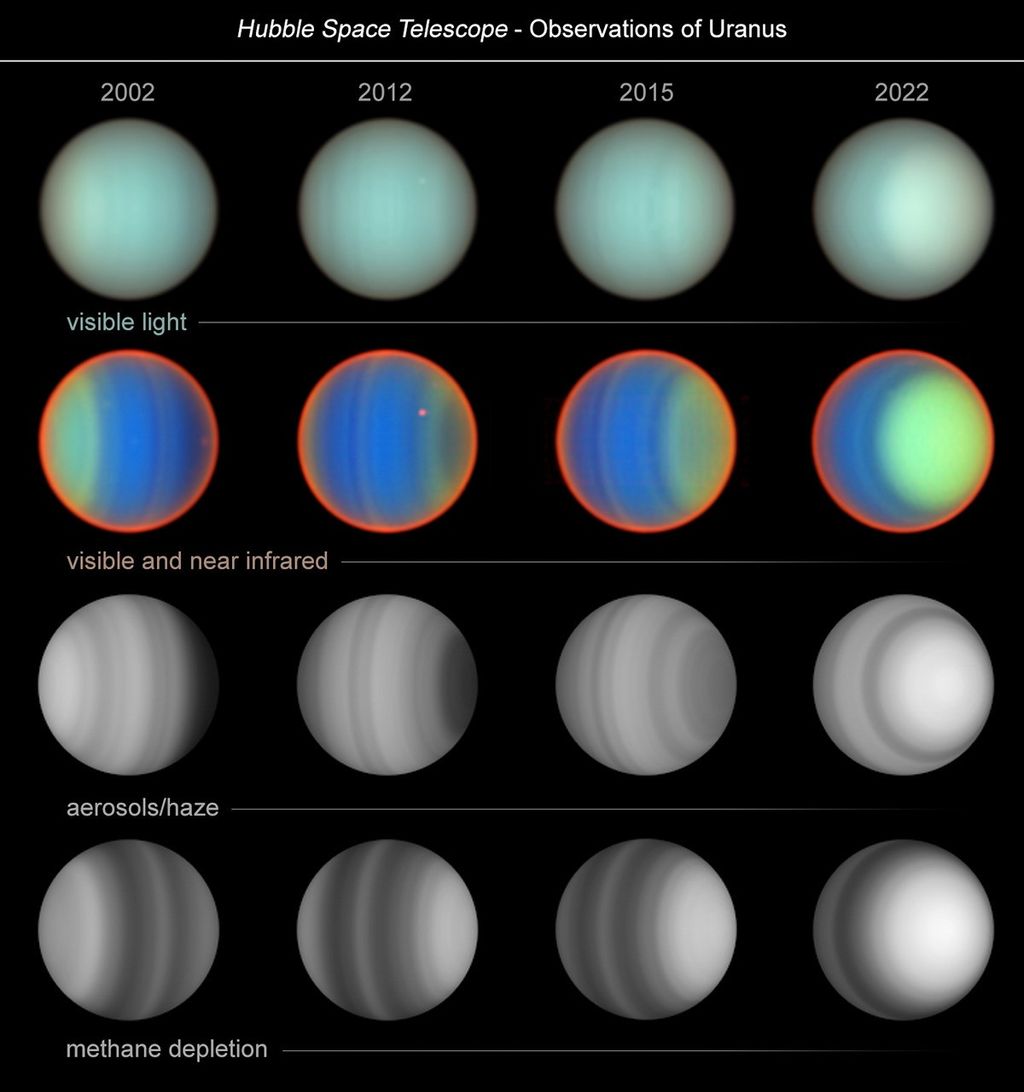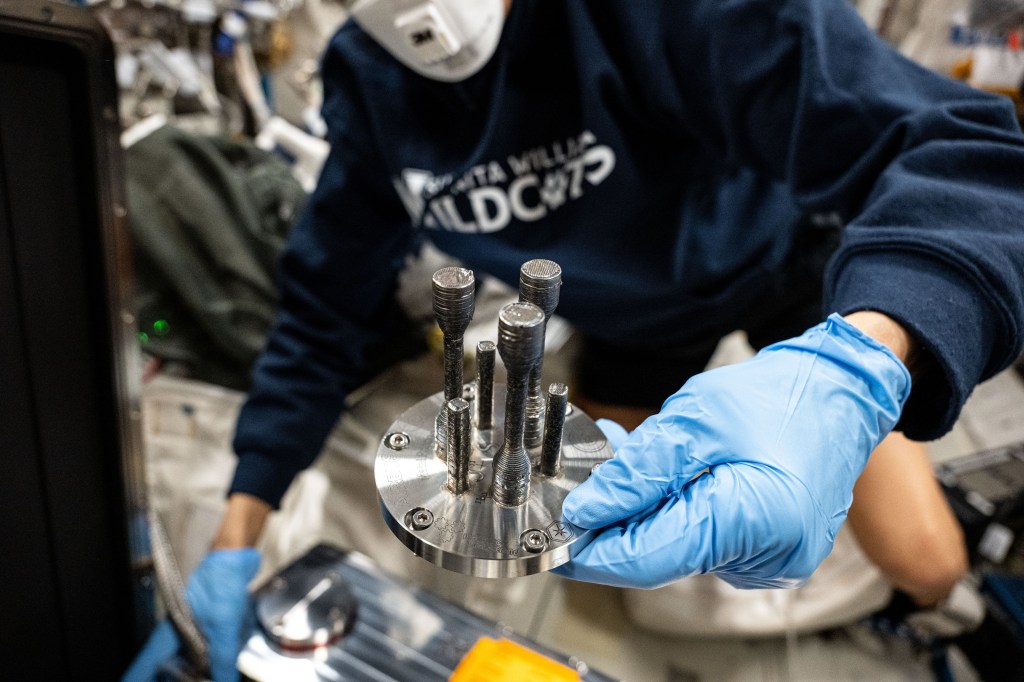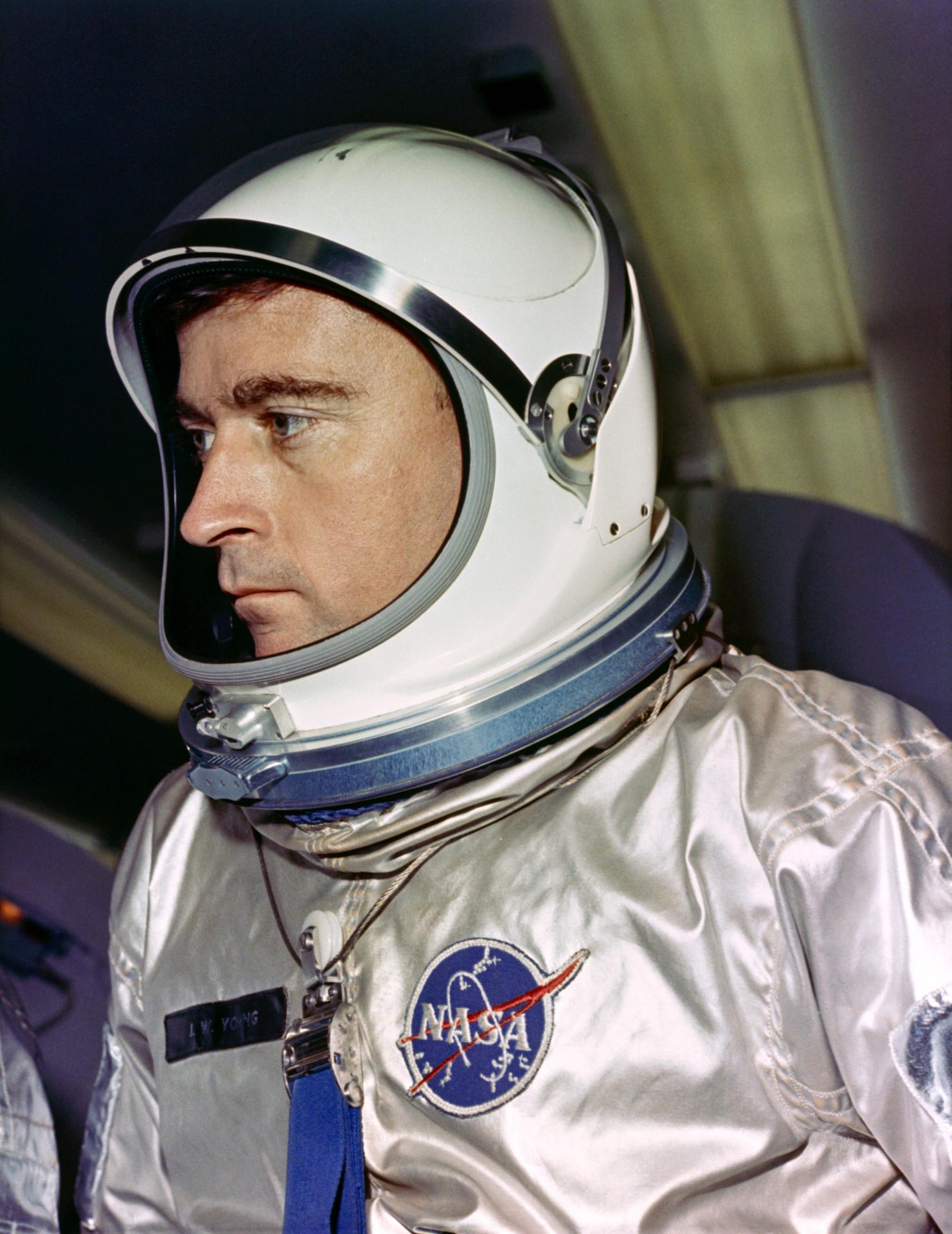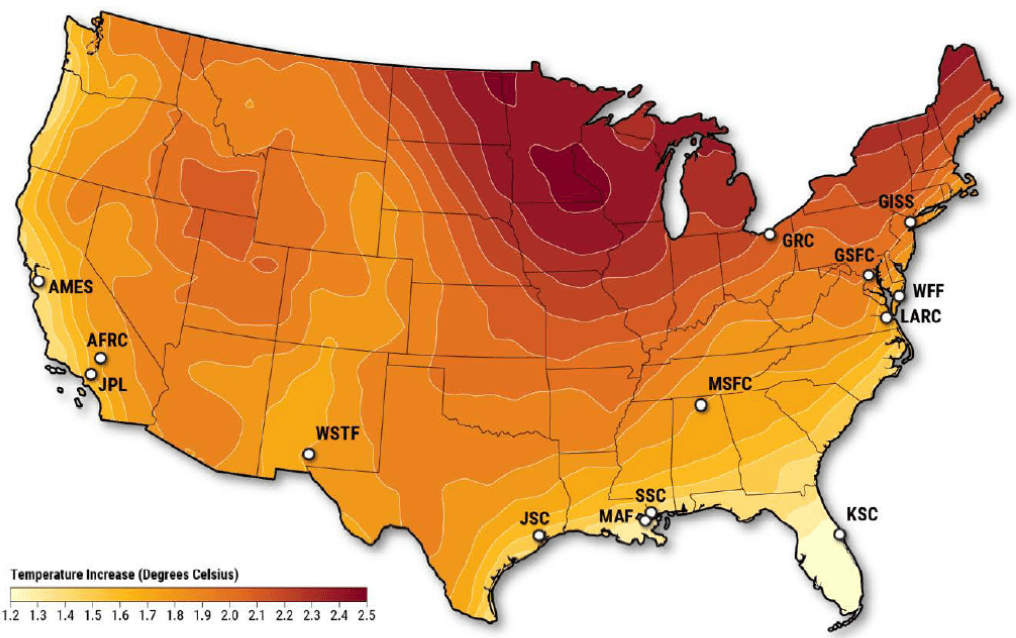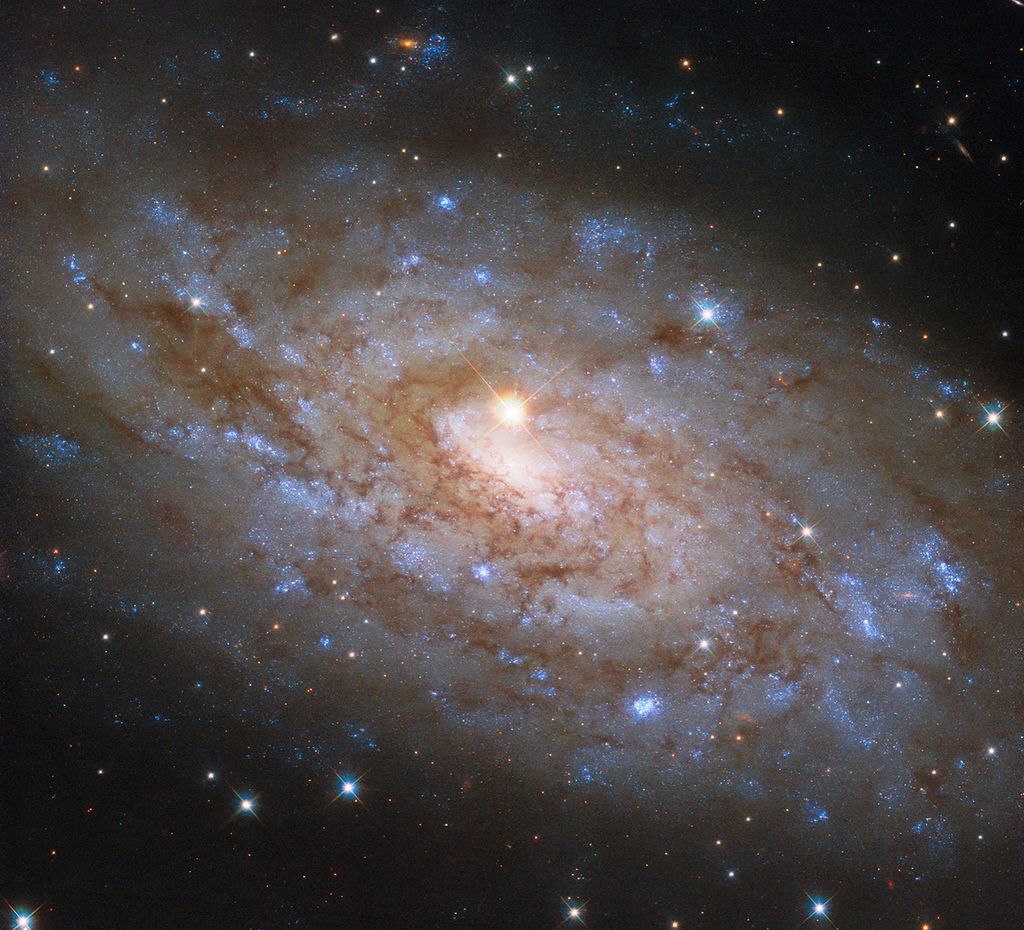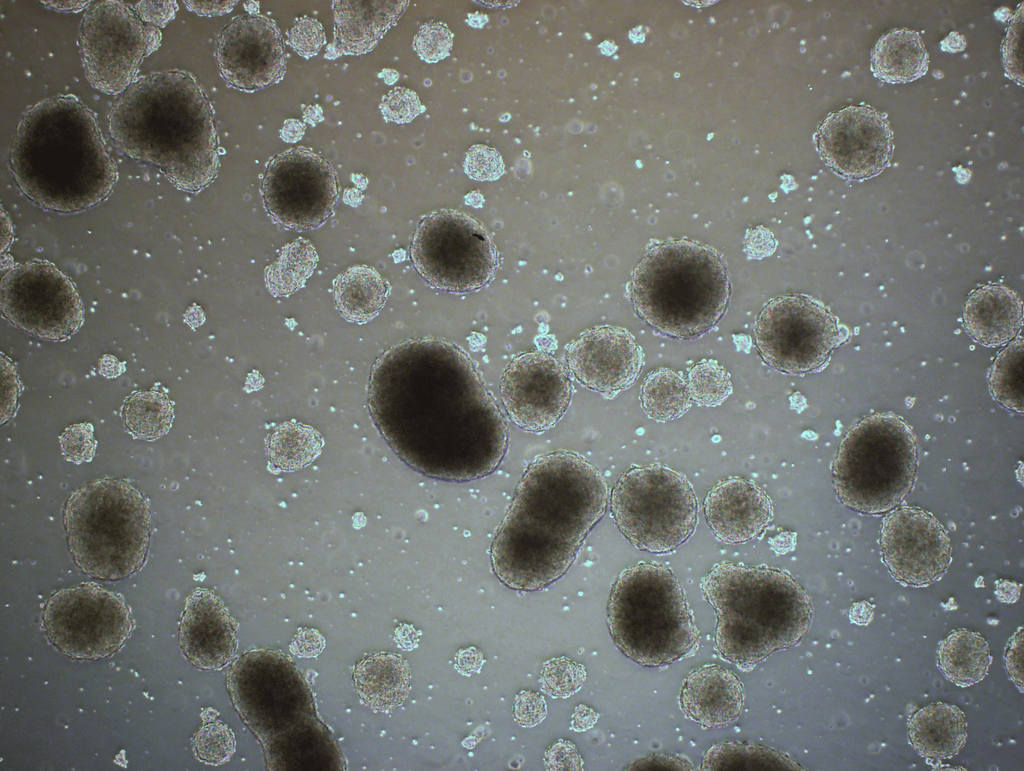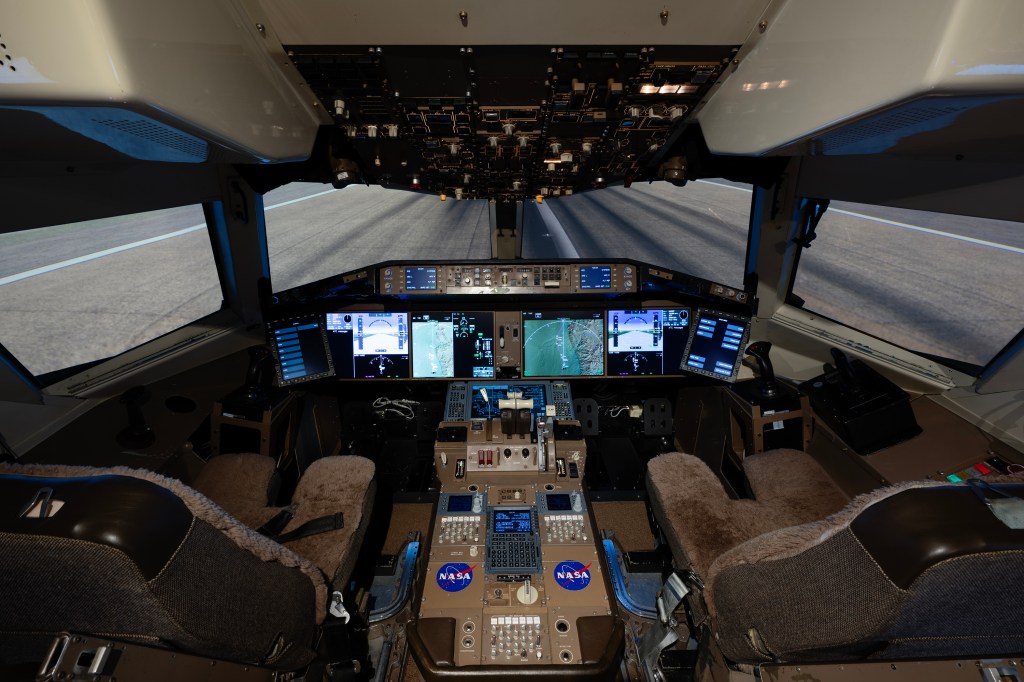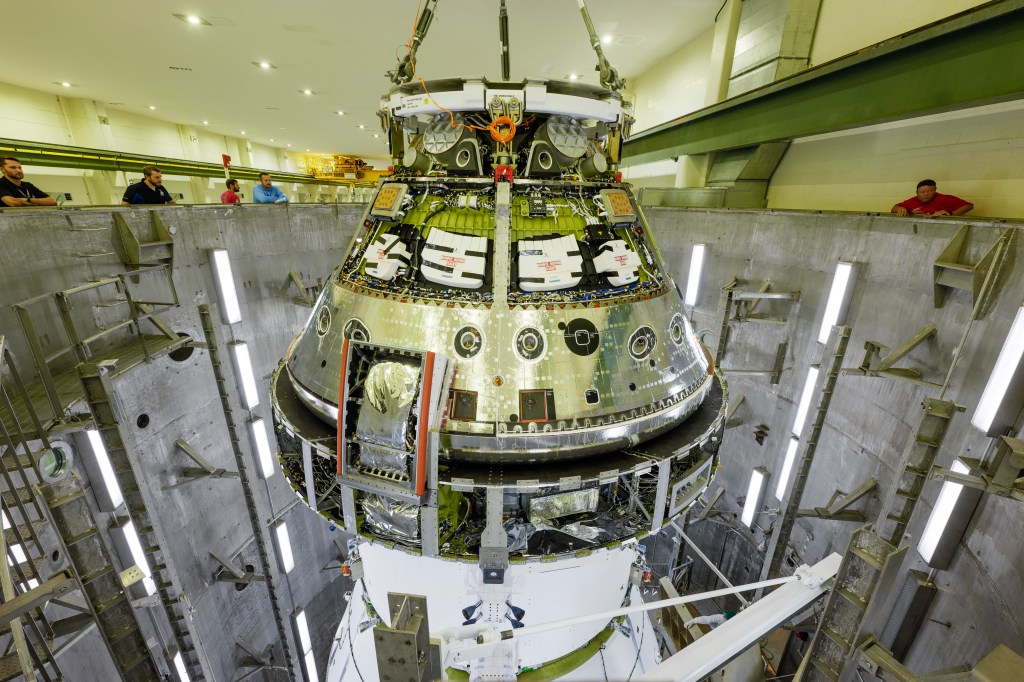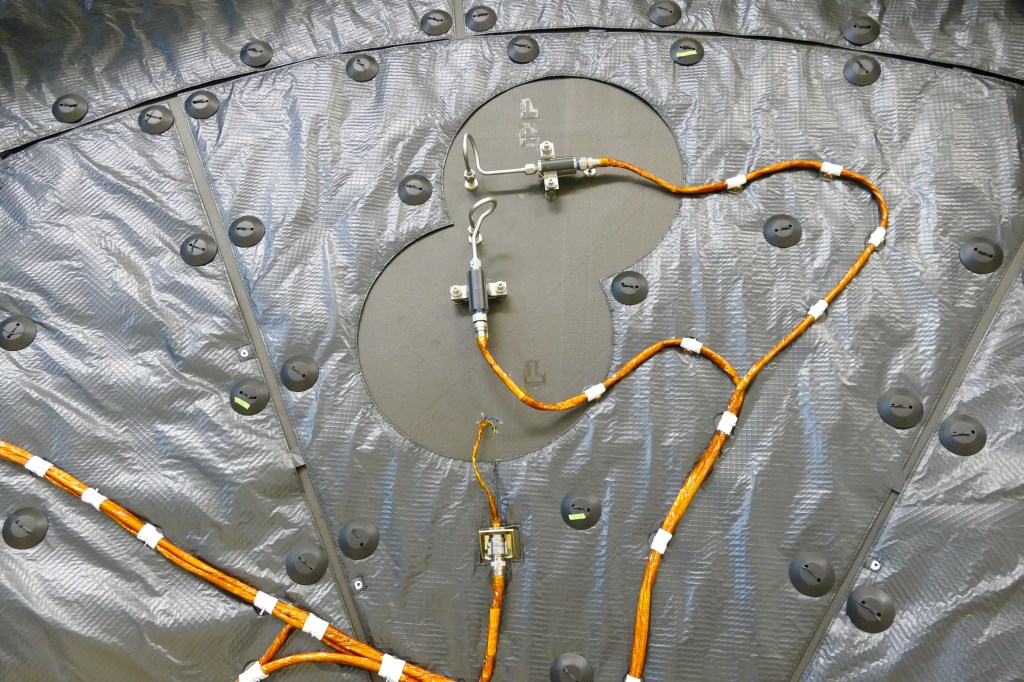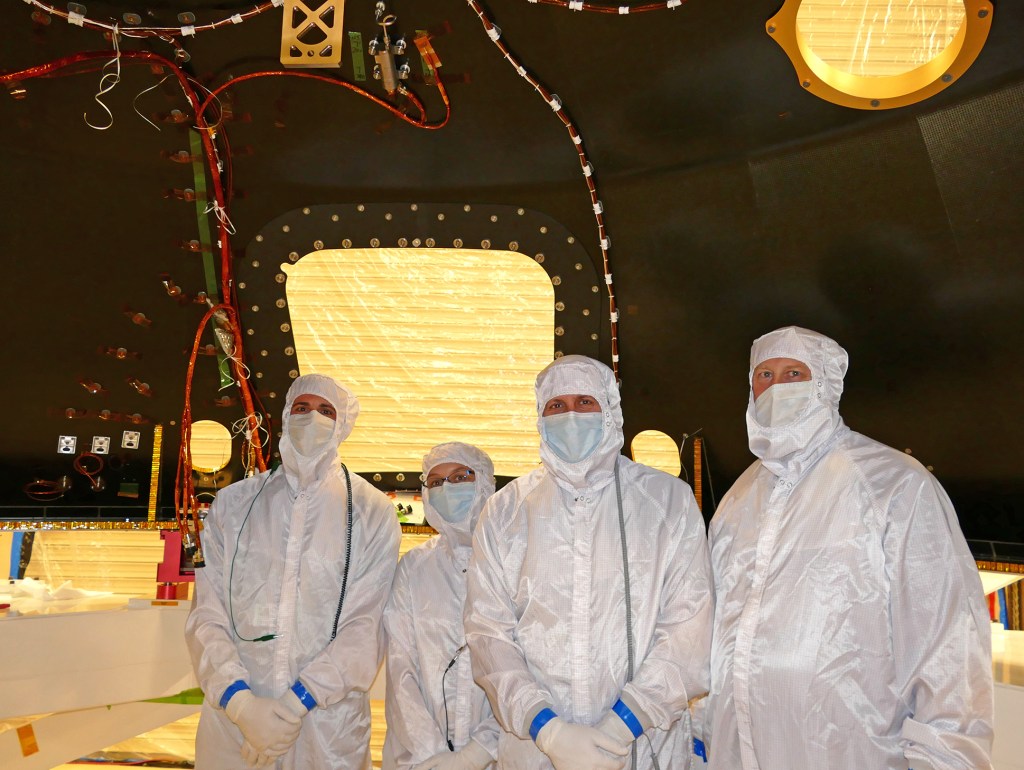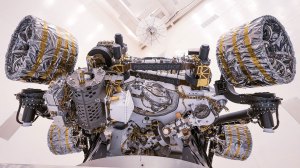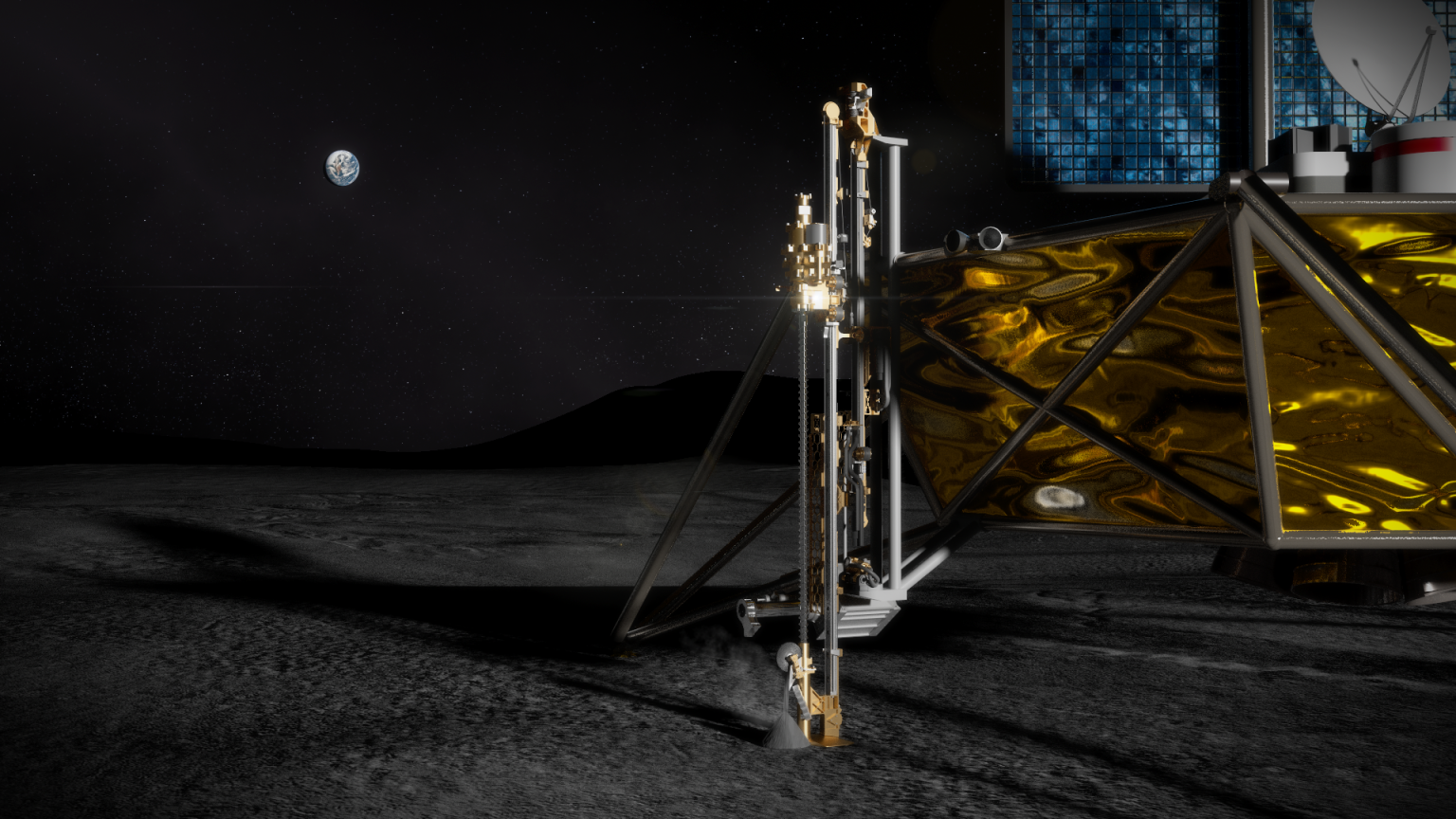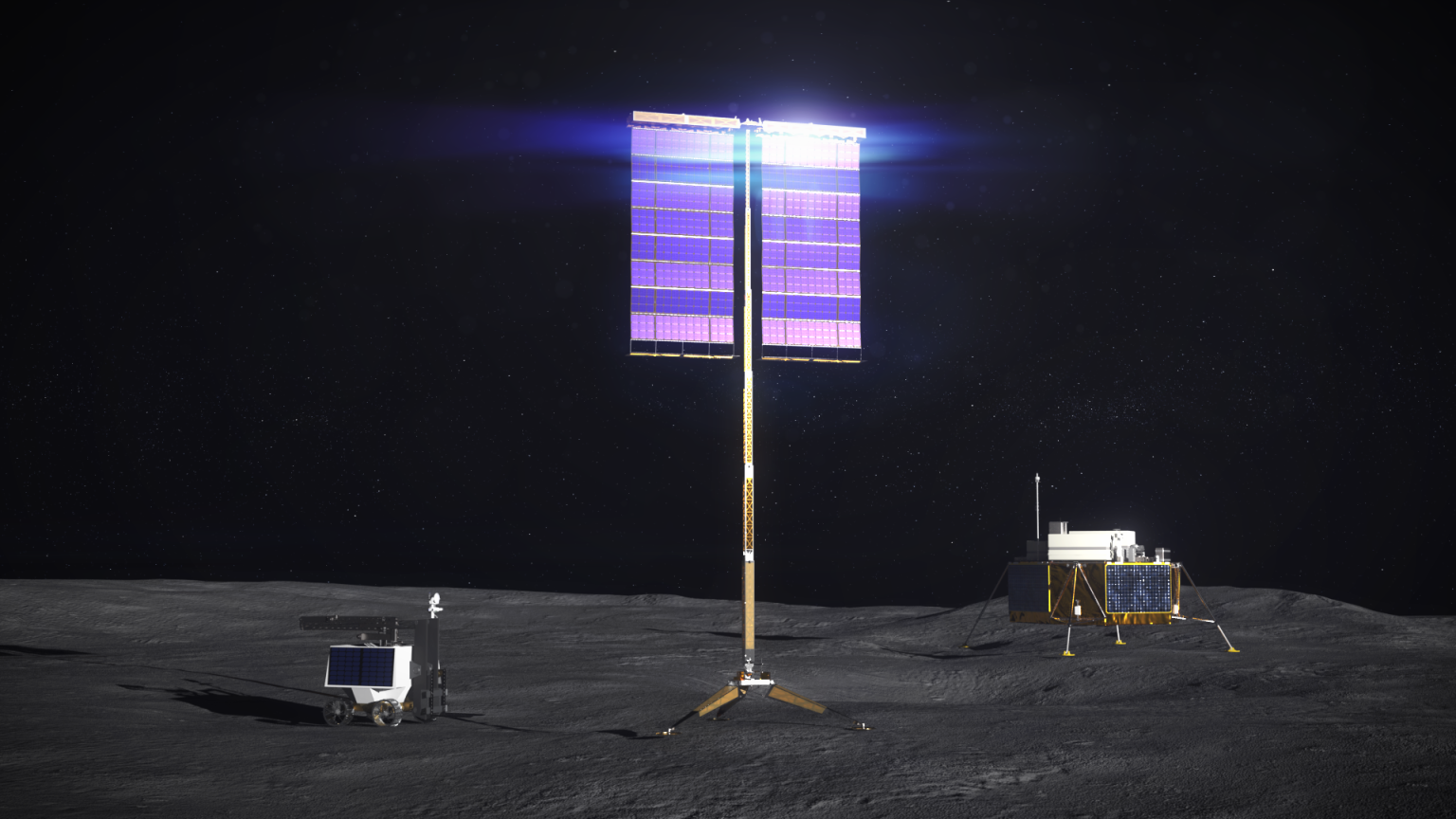Note: Please note that this is an “archived project” and is no longer updated. This article is meant for historical purposes only.
What is MEDLI2?
The Mars Entry, Descent, and Landing Instrumentation 2 (MEDLI2) collected data during the Mars 2020 Perseverance rover’s entry through the planet’s atmosphere to enable improved designs of future entry systems for robotic and crewed missions. The spacecraft entered Mars’ atmosphere traveling at about 12,500 miles per hour. MEDLI2 collected data during the last seven minutes of flight, leading up to when the rover lands on the surface of Mars.
Expanding upon groundbreaking entry data collected by the MEDLI instrument flown aboard the Mars Science Laboratory (MSL) mission in 2012, MEDLI2 seeks answers to questions generated from examining MEDLI/MSL data.
MEDLI2 includes three types of sensors for measuring heat and pressure: thermocouples, heat flux sensors, and pressure transducers. It also contains electronics and hardware for recording the heating and atmospheric pressure experienced during entry and through parachute deployment. In total, 28 sensors are across the heat shield and backshell of the Mars 2020 entry vehicle.
These sensors measure the extreme heat and pressure experienced during entry, specifically from the vehicle’s backshell, a region where historically, very little, flight data has been collected. The technology captures NASA’s first-ever measurements of the heat experienced by the backshell of an entry vehicle. This data will allow engineers to better tailor backshell designs for future NASA missions to Mars.
The MEDLI2 hardware provides more information about the heat shield performance than previously possible. Its sensors record how the temperature within the thermal protection system changes throughout the entry, allowing researchers to compare flight data with predicted data and to update analytical models. This new technology observes a broader range of entry environment conditions than was observed during the MSL mission, such as the energy in the hot gases closest to the vehicle, and the wind’s impact on the vehicle trajectory.
Close analysis of MEDLI2 flight data is vital to future human and robotic exploration of the Red Planet. Additionally, understanding aerothermal environments, thermal protection system performance, and aerodynamic performance characteristics of the Mars 2020 vehicle extends to designing entry systems for other destinations, such as Venus, Titan, and the gas giants.
Partners:
- NASA’s Langley Research Center in Hampton, Virginia, Ames Research Center in California’s Silicon Valley, and Jet Propulsion Laboratory in Southern California contributed to MEDLI2.
- Langley led the instrument development and project management. Langley delivered the flight avionics and the pressure measurement subsystem.
- Ames delivered the aerothermal/thermal protection system and is the lead science organization for MEDLI2.
- JPL led the integration of MEDLI2 into the Mars 2020 system, working with Lockheed Martin, which manufactured the aeroshell.
- NASA’s Game Changing Development program, within the Space Technology Mission Directorate, provided the majority of the funding for MEDLI2. NASA’s Human Exploration and Operations Mission Directorate and Science Mission Directorate also contributed funding.

